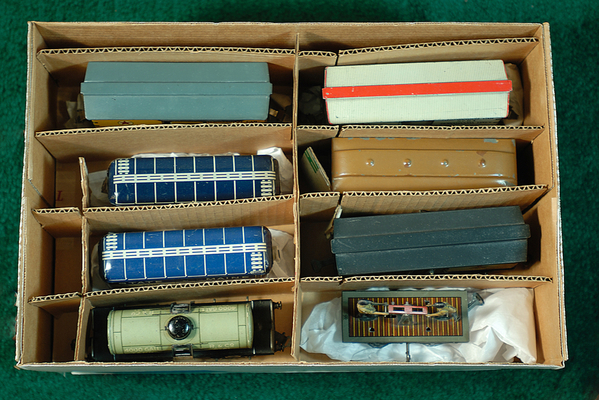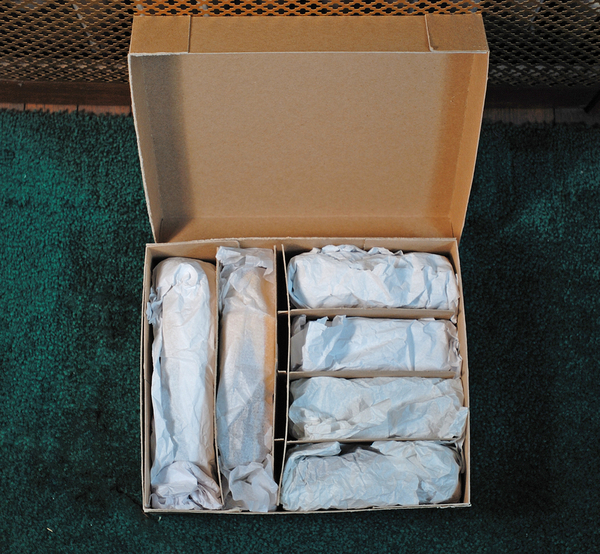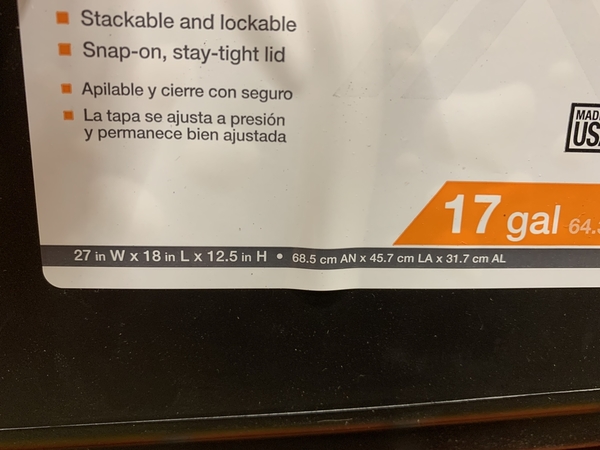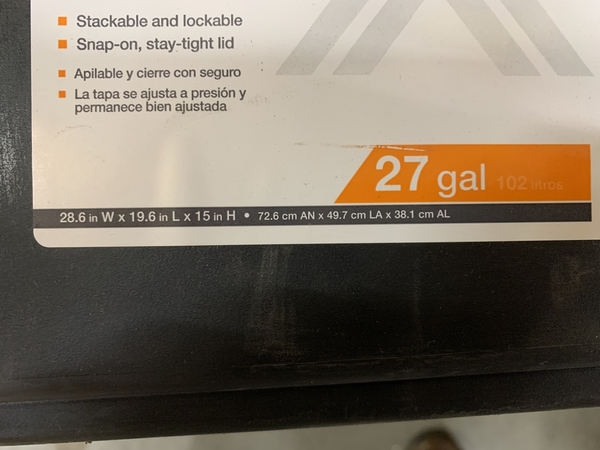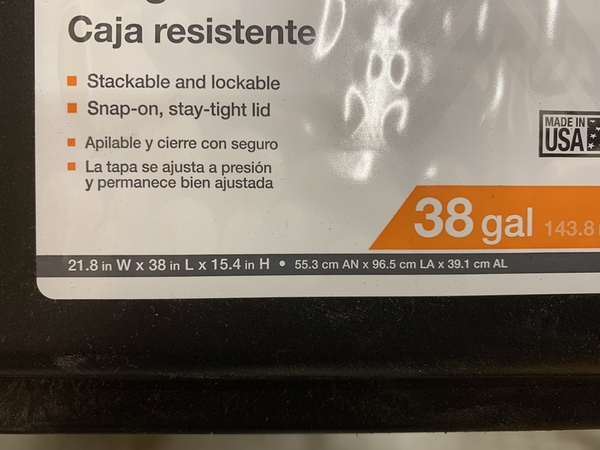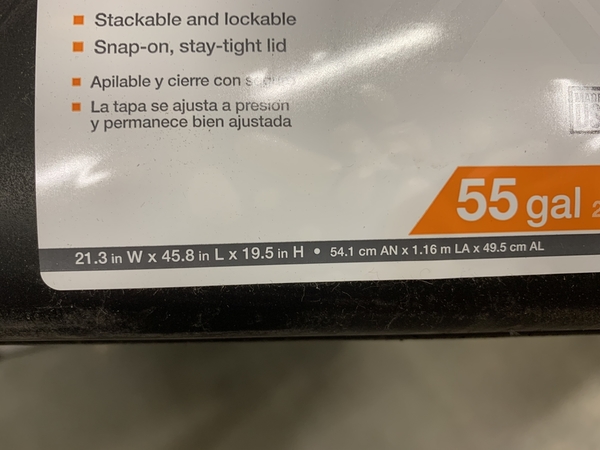I am assuming you did not keep the original boxes for your tinplate items (and again assuming they are recent vintage train from MTH or Lionel). The packing materials that came with the trains when purchased are the best for re-packing for storage, and that consists of a soft cloth-like material that the item is first wrapped in, followed by a plastic sheet that normally bears trhe manufacturer's logo. The item is then boxed in its original box, with several or more dessicant silica gel packets added to absorb moisture. Seems like most people toss those packets when they first open their train items, but it's a good idea to hold onto them. You also can buy these packets in various sizes from various sources.
If you don't have the original packing materials, and as others have already noted, do not wrap the items in bubble wrap or plastic wrap directly. A soft, plain white cotton fabric (available at any yard goods store) would likely work well for nest-to-the-item protection, which, in turn, can be wrapped in bubble wrap or other plastic sheeting.
Moisture/humidity (and/or temperature extremes) is the big enemy of tinplate or any other model trains, and that's one main reason why storage in an attic or garage is sure not the best idea if it can possibly be avoided. Prior to my move a few years ago, I chose to store many of my trains for a couple of years to make the move somewhat easier. I rented a climate-controlled storage unit, although I realize that is not possible for everyone. On earlier moves, I stored my trains in home closets, in which I placed a small dehumidifier to keep things at between 50-60% relative humidity. You can even buy "rechargeable" dehumidifier devices of the type I use in my gun safe. These should be available at any well-equipped sporting goods store. You simply have to remember to remove the unit(s) periodically; plug them in overnight so the crystals "recharge," and then place 'em back in the enclosed storage space. The limitation here is that the storage area itself needs to be relatively small. . . room size won't work. There also are cans of the dessicant that can be "recharged" in your home oven and placed in your plastic storage totes.
I'm currently building a small 4x8 tinplate layout so I can make some use of the many O gauge tinplate items I have (and hopefully figure out some way to find space in my train room lounge area to display the rest). Many of the items I recently unpacked have been stored--properly, in my opinion--for 10 or more years, and thus far I have not encountered any problems whatsoever.




